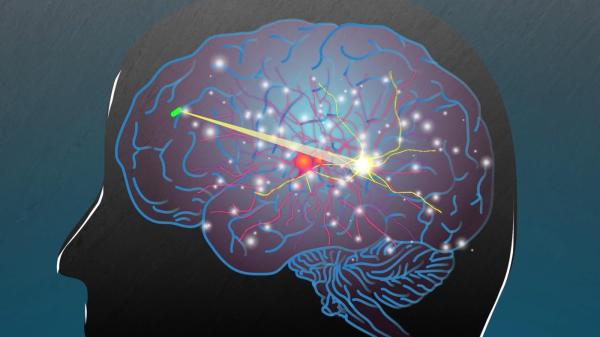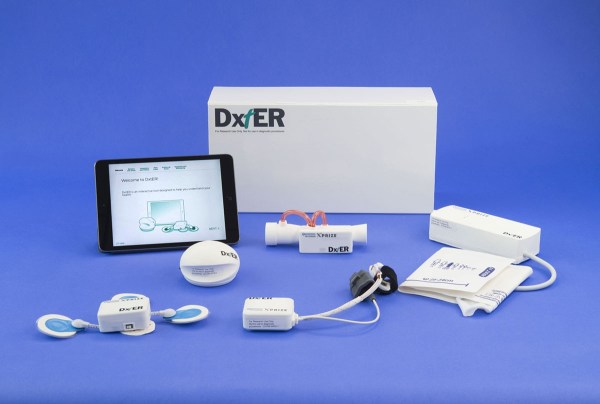A few weeks ago, I found myself the victim of flights from hell. My first flight was cancelled, leaving me driving home late at night, only to wake again for a red-eye the next morning. That was cancelled as well, with the second replacement delayed by a further hour. All in all I ended up spending a good ten hours extra in the airport surrounded by tired, sick, and coughing individuals, and ended up a full 16 hours late to my destination. On the return, I’d again tangle with delays, and by the weekend’s close, I’d contracted a nasty flu for my trouble.
All this had me riled up and looking for revenge. I had lost hours of my life to these frustrations, and the respiratory havoc claimed a further week of my working life. It had me realizing that we could surely improve the performance and hygiene of our airliners with a simple idea: a website called Flights From Hell.
Continue reading “Ask Hackaday: Could Rating Airlines Stop Flights From Spreading Diseases?”
















